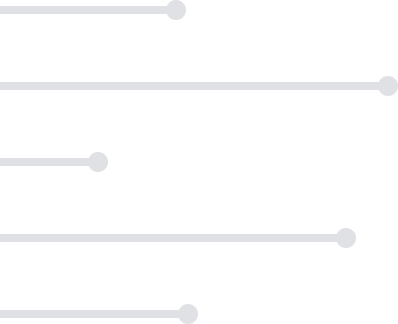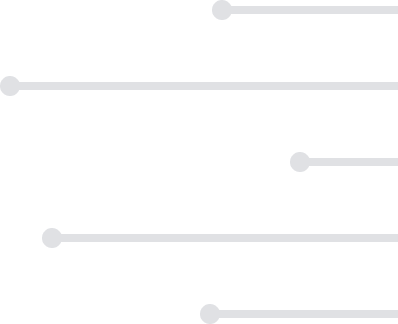
$79
Plus membership
3 Credits
All courses include:
eTextbooks
2 to 3-day turnaround for grading
Multiple chances to improve your grade
On-demand tutoring & writing center
Student support 7 days a week
$79
Plus membership
3 Credits
All courses include:
eTextbooks
2 to 3-day turnaround for grading
Multiple chances to improve your grade
On-demand tutoring & writing center
Student support 7 days a week
Pharmacology
$79
Plus membership
3 Credits
About This Course
ACE Approved 2023
The online Pharmacology course introduces you to pharmacology as the study of drugs. To start, you will be provided with an explanation of therapeutic and adverse effects, in addition to the basic operation of the nervous system. Several major body systems are covered during our Pharmacology course, including the cardiovascular, urinary, respiratory, gastrointestinal, and reproductive systems, with particular emphasis on the endocrine and immune systems.
What You'll Learn
Relate drug terminology to their appropriate definitions, and analyze aspects of drug actions, effects, interactions, and individual responses.
Solve dosage calculation problems involving fractions, decimals, percents, ratios, proportions and using the metric, apothecary, and household measurement systems.
Evaluate the contribution of nutrients towards maintaining normal body function, and explain nutrition deficiency, drug and supplement interaction, and effects of supplement overdose.
Describe brain structure and functioning; examine the functioning of the sympathetic, parasympathetic, and autonomic nervous systems; and how drugs increase or decrease their activities.
Compare and contrast general and local anesthetics with reference to their routes of administration, mechanisms of action, effects, and adverse effects.
Evaluate the contribution of muscle relaxants, opioid, and non-opioid analgesics towards relieving pain and reducing inflammation, and assess their effects and adverse effects.
Analyze the various types of mental disorders and evaluate the effects of antipsychotic, antianxiety, antidepressant, antimanic, barbiturates, benzodiazepines, hypnotic and psychotomimetic drugs; examine the potential for abuse.
Describe the normal cardiac cycle, common cardiac conditions, and drugs used to treat cardiac arrhythmias, angina pectoris, congestive heart failure and high blood pressure.
Explain the mechanisms of action of coagulants and anticoagulants, causes and treatment of anemia, the mechanisms and actions of the various hypolipidemic drugs, and their adverse effects.
Analyze the structure and function of the kidneys, their effect on other body systems, and the actions and side effects of diuretics.
Relate the nature of allergic reactions to the use of antiallergic and antihistamine drugs, and explain the actions of drugs used to treat respiratory diseases.
Examine the actions, adverse effects, and interactions of drugs used to treat hyperacidity, gastroesophageal reflux disease, vomiting, ulcers, simple diarrhea, and laxatives and cathartics.
List and explain clinical indications and contraindications, administration, and drug interactions of growth hormones, thyroid hormones, and adrenal steroids.
Relate the action of insulin and glucagon to the treatment of diabetes, and explain the aspects of drug administration including adverse effects, contraindications, and drug interactions.
Explain how antiseptics and disinfectants work to prevent infection; the actions of antibacterial, antifungal, antiprotozoal, antiparasitic, and antiviral drugs in fighting infections; and their adverse effects, contraindications, and interactions.
Describe the characteristics and types of cancer, as well as the actions and effects of drugs used to treat them.


Earn College Credit That Will Transfer
Transfer into over 3000+ institutions that accept ACE courses or transfer directly into 150+ partner schools.
request information
Learn about the drugs that are used to treat various health conditions with respect to their mechanism of action, therapeutic effects, and adverse effects. Topics include muscle relaxants, anesthetics, pain medication, and psychoactive medications.
There are no prerequisites for this course.
| Topic | Subtopics |
|---|---|
| Introduction to Pharmacology |
|
| Dosage Calculations |
|
| The Nervous System |
|
| Psychological Disorders and Drugs |
|
| Common Pain Relief Agents |
|
| Cardiac Function, Disorders, and Blood Pressure |
|
| Blood Clotting, Anemia, and Lipids |
|
| Respiratory System |
|
| Gastrointestinal Disorders and Intestinal Motility |
|
| Endocrine System and Steroids |
|
| Thyroid and Parathyroid Glands |
|
| Pancreatic Hormones |
|
| Hormones and Reproduction |
|
| Viral, Bacterial, and Fungal Pharmacology |
|
| Parasitic Infection and Wound Pharmacology |
|
| Cancer and Immune Pharmacology |
|
| Nutrition, Fluids, and Diuretics |
|
Your score provides a percentage score and letter grade for each course. A passing percentage is 70% or higher.
Assignments for this course include:
- 4 Graded Exams
- 1 Midterm Exam
- 1 Graded Final Exam
The required eTextbook for this course is included with your course purchase at no additional cost.
Hitner, Henry, et al. Pharmacology: An Introduction. 8th ed., McGraw-Hill Education, 2022.
Pharmacology students also take:







